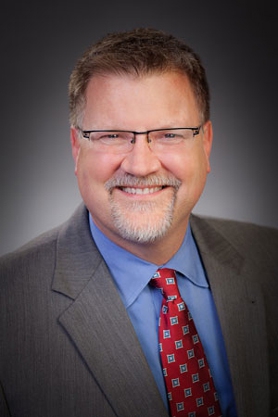 It's not uncommon for injured workers in Ohio to take out their frustrations over the workers' comp process on their employers. You were injured at work, and the claim process probably started with a supervisor or the HR department. However, your employer is not directly involved in decisions about your claim. This includes deciding whether or not to approve your C-9 request for reimbursement or additional allowances.
It's not uncommon for injured workers in Ohio to take out their frustrations over the workers' comp process on their employers. You were injured at work, and the claim process probably started with a supervisor or the HR department. However, your employer is not directly involved in decisions about your claim. This includes deciding whether or not to approve your C-9 request for reimbursement or additional allowances.
To get approval for treatment of a condition connected to your original injury but not diagnosed during your initial workers' comp application, you must file a C-9 form with the Ohio Bureau of Workers' Compensation (BWC). The Managed Care Organization (MCO) assigned to your employer will then decide whether to approve or deny the additional allowance. Even when working with your BWC-approved physician, this is a tricky business.
What Is an MCO?
So, what is this entity that holds so much power? An MCO is a medical cost-containment company chosen by your employer from the 13 MCOs recognized by the BWC to manage their workers' comp claims. The role of the MCO is to oversee claim filing and to supervise the medical treatment of workers on comp. When you need approval for a new treatment or a new condition, the MCO makes the decision.
Reasons a C-9 Could Be Denied
There are many reasons the MCO could deny your request for an additional allowance, even if the C-9 form was submitted by your treating physician. It's not enough for your doctor to list the diagnosis and requested services, sign the form, and send it in. Some common reasons for a denial of a C-9 form include:
- The form was incomplete. If the physician fails to fill out any part of the form, including correct CPT codes or provides inaccurate information about you or your claim, the request will be denied.
- Medical documentation of diagnosis is inadequate. The MCO will not accept a doctor's diagnosis without a narrative description of the condition and test results, office notes, a list of medications, and an explanation of the expected outcomes of medical interventions. This documentation should be submitted with the C-9 form.
- Evidence of connection to the original accident is missing. The key to getting an additional allowance approved is establishing a relationship between the new condition and the original industrial accident or exposure. The physician must provide an explanation and evidence of the connection. The lack of this evidence is probably the reason for most denials.
Just because your doctor is BWC-approved for treating workers' comp injuries, that doesn't mean they and their office are experienced in filling out these request forms completely and accurately. However, a dedicated workers' comp attorney has the experience necessary to make sure the request has the best chance of success.
Talk to Monast Law Office First!
As a workers' comp attorney, I can't stress enough the importance of consulting an attorney before filing this motion. Experienced legal counsel can evaluate the strength of the medical evidence and evaluate your chances of success. Without clear and compelling evidence, your case may be referred to the Industrial Commission for a hearing. If you lose the hearing, you may file an appeal, but this process is time-consuming, and there's no guarantee of success.
With over 30 years of experience helping injured workers in Ohio get the workers' comp benefits they deserve, I can help with reimbursement and additional allowance forms. Before submitting anything to your MCO or the BWC, contact Monast Law Office to discover how we can help. Learn more by requesting a free copy of our book, The Worker's Guide to Injury Compensation in Ohio, then fill out our online contact form or call our Upper Arlington office at 614-334-4649 to get started.
| Related Links: |

